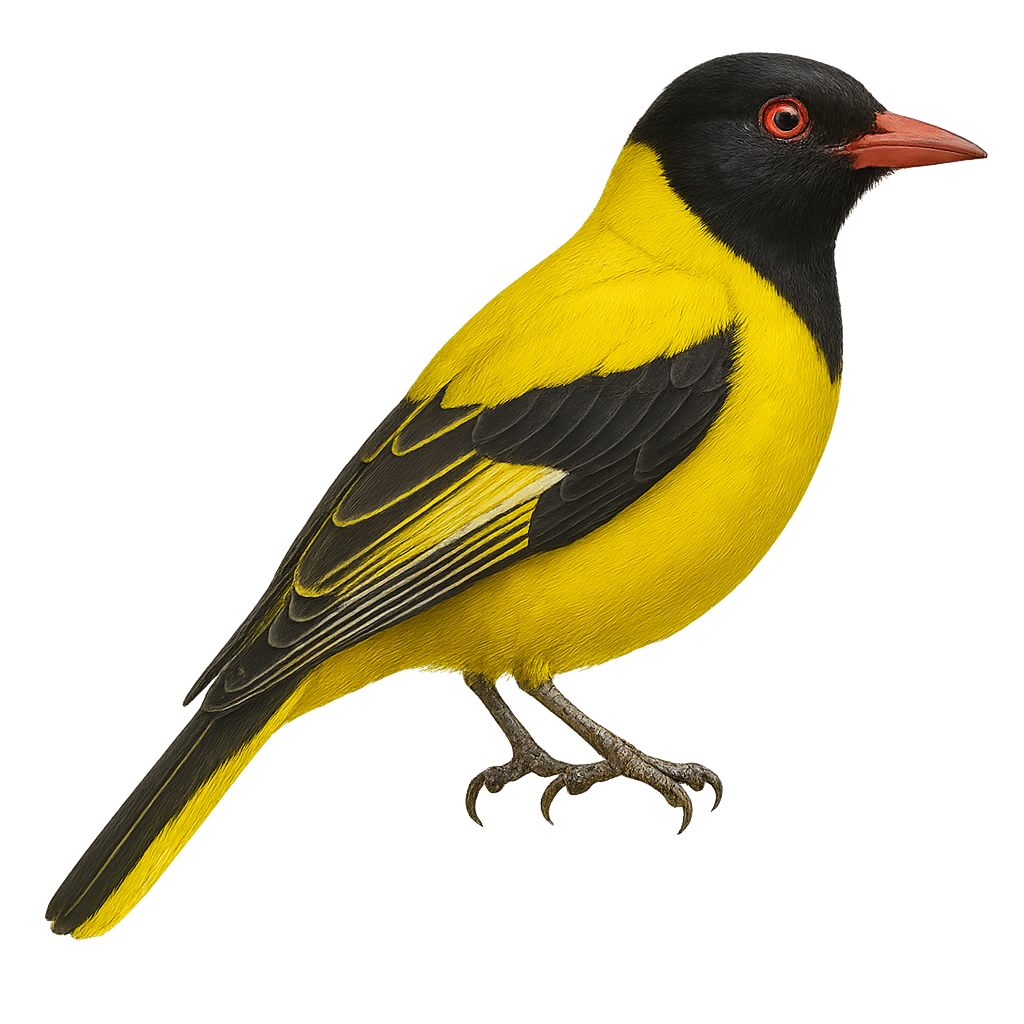Your wildlife photography guide.
Explore the african golden oriole in detail, study its behavior, prepare your shots.
Where to observe and photograph the african golden oriole in the wild
Learn where and when to spot the african golden oriole in the wild, how to identify the species based on distinctive features, and what natural environments it inhabits. The WildlifePhotographer app offers tailored photography tips that reflect the african golden oriole’s behavior, helping you capture better wildlife images. Explore the full species profile for key information including description, habitat, active periods, and approach techniques.
African Golden Oriole
Scientific name: Oriolus larvatus

IUCN Status: Least Concern
Family: ORIOLIDAE
Group: Birds
Sensitivity to human approach: Suspicious
Minimum approach distance: 10 m
Courtship display: October to January
Incubation: 14-16 jours
Hatchings: October to February
Habitat:
Open forests, wooded savannas, forest edges
Activity period :
Primarily active during the day, with peak activity in the morning and late afternoon.
Identification and description:
The African Golden Oriole, scientifically known as Oriolus larvatus, is an elegant and colorful bird found primarily in sub-Saharan Africa. It is easily recognizable by its bright yellow plumage contrasted with a distinctive black head. This bird prefers wooded habitats and open forests, where it primarily feeds on fruits, insects, and nectar. The African Golden Oriole is a diurnal bird, most active in the morning and late afternoon. It is often seen alone or in small groups, and its melodious song is an indicator of its presence. Although generally discreet, it can be observed moving between trees in search of food.
Recommended lens:
400mm – adjust based on distance, desired framing (portrait or habitat), and approach conditions.
Photography tips:
To photograph the African Golden Oriole, it is advisable to use a 400mm lens or longer to capture detailed images without disturbing the bird. Look for areas where these birds are active, such as forest edges or wooded savannas. Be patient and discreet, as these birds can be suspicious. Morning or late afternoon are the best times to observe them. Use a tripod to stabilize your camera and adjust the settings to capture the bright colors of their plumage.
The WildlifePhotographer App is coming soon!
Be the first to explore the best nature spots, track rutting seasons, log your observations, and observe more wildlife.
Already 1 432 wildlife lovers subscribed worldwide

